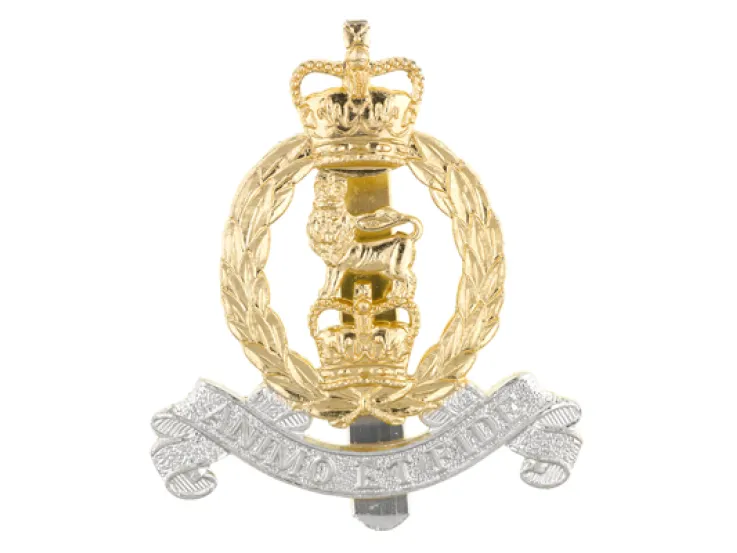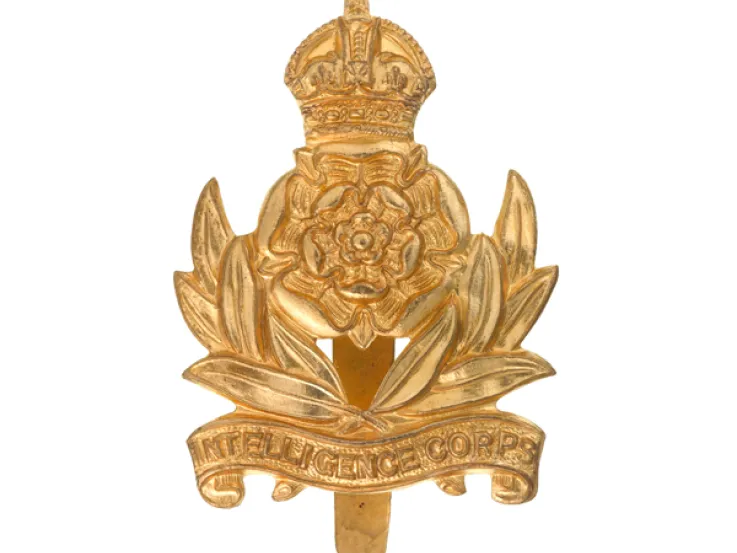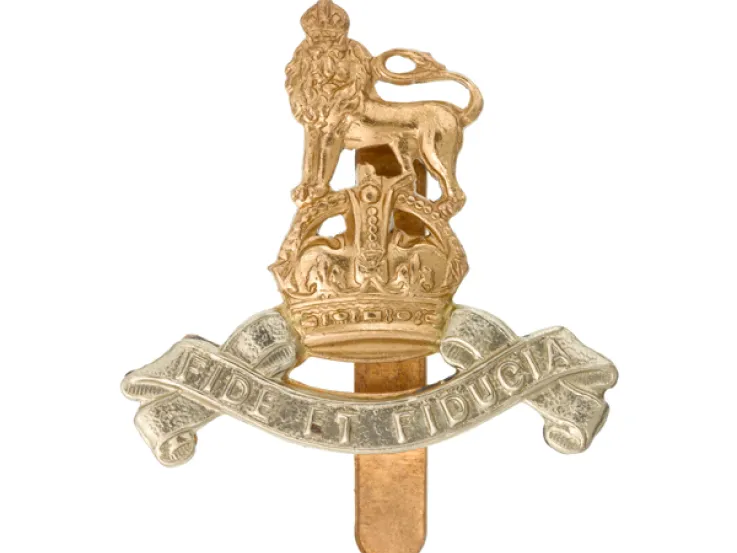Origins
When the British Army was first established in the 1660s, a Provost Service was set up and given responsibility for military policing. However, it only operated in times of war.
In 1810, a Staff Corps of Cavalry was created to supplement the work of the Provost Service during the Peninsular War (1808-14). This unit lasted less than a decade. A similarly short-lived unit, the Mounted Staff Corps, existed for the duration of the Crimean War (1854-55).
Today's Royal Military Police traces its origins back to 1855, when the Mounted Military Police was formed to maintain order in and around the Army's new camp at Aldershot. Initially, it drew its personnel from the 2nd Dragoon Guards, the 3rd Light Dragoons, the 15th Light Dragoons and the 17th Lancers.
In 1877, it was renamed the Corps of Military Mounted Police. An equivalent Corps of Military Foot Police followed in 1885, originally raised for service in Egypt three years previously.
First World War
During the First World War (1914-18), the British Army grew rapidly and so did its two police corps. Their new wartime responsibilities included traffic control, marshalling prisoners and returning lost soldiers to their regiments.
Both units were reduced in strength at the end of the conflict, before eventually being amalgamated to form the Corps of Military Police in 1926.
From 1935, the Corps was subdivided into fixed-size companies and sections. It set up a Field Security Wing in 1937, which became the Intelligence Corps three years later.

Other ranks cap badge, Corps of Military Police, c1930
Second World War
Originally, the Military Police had only recruited men who were already in the Army. However, with war once again looming, it allowed civilians to enlist directly from 1938.
Its size increased more than sevenfold during the Second World War (1939-45), adding a Field Security Police Wing, a Ports Provost Wing to work in harbours overseas, and a Vulnerable Points Wing to guard key installations.
Other new specialist areas included the Special Investigation Branch and the Parachute Provost. The Corps also helped the Auxiliary Territorial Service to form its own Provost Section in 1942.
It was granted a ‘Royal’ prefix in 1946, in recognition of its wartime service. Since then, it has been active in almost every operational theatre and in every Army garrison around the world.
Legacy
In 1992, the Corps of Royal Military Police became part of the Provost Branch within the newly formed Adjutant General’s Corps.
Each of the three organisations that form this branch - the Royal Military Police, the Military Provost Staff Corps and the Military Provost Guard Service - retains its own identity and cap badge.
Regimental museums
The National Army Museum works with a network of Regimental and Corps Museums across the UK to help preserve and share the history and traditions of the Army and its soldiers.
Discover more about the Corps of Royal Military Police by visiting the Royal Military Police Museum in Southwick.











